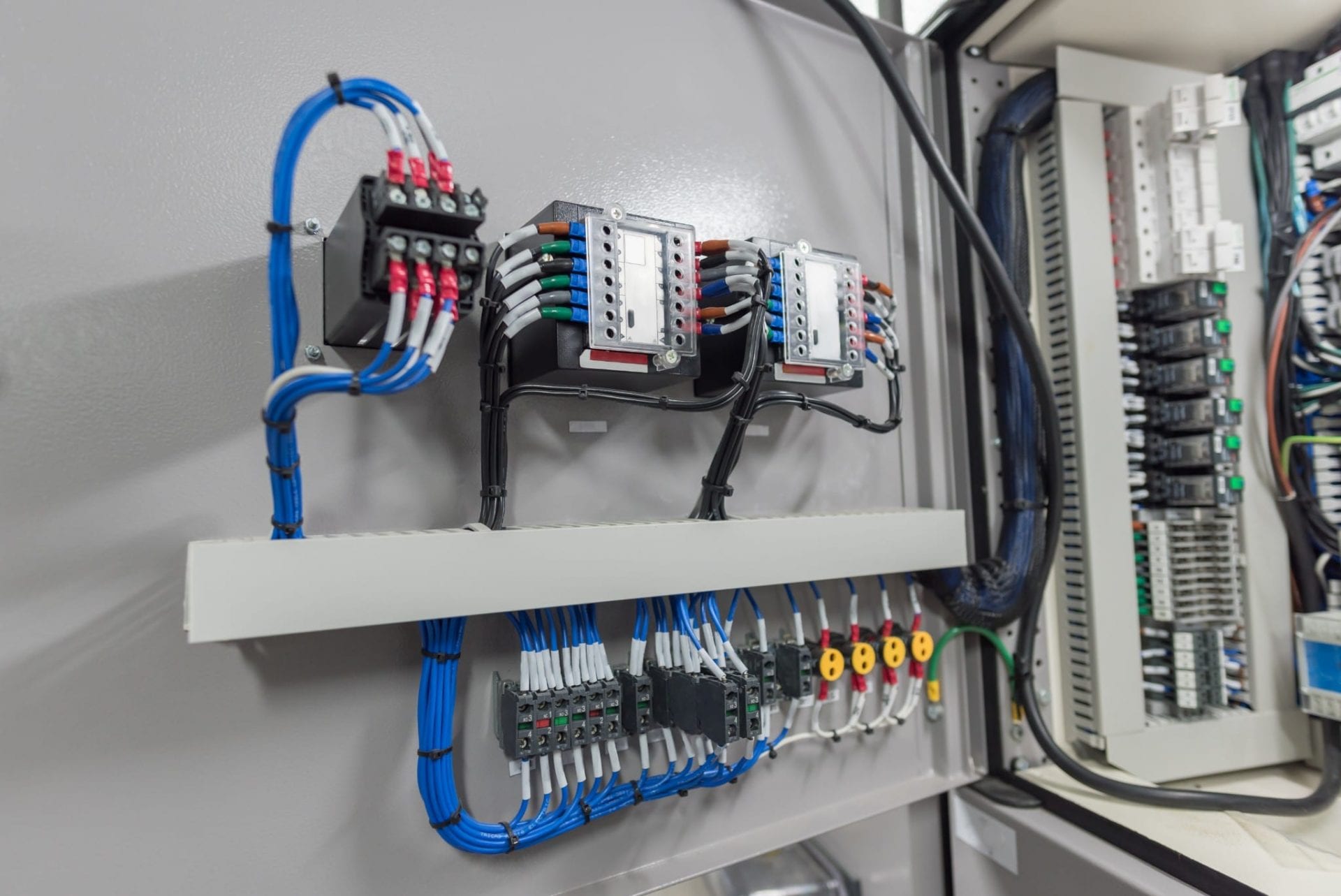Electrical Wiring Made Easy: A Novice's Guide to Wiring Your Home

Electrical wiring is a crucial part of any home and understanding it is crucial for each homeowner. Not only is it helpful in ensuring the proper functioning of your home however, it is critical for your safety. In this article, we’ll examine the fundamentals of electrical wiring, the importance of safety and the advantages of employing an authorized residential electrician to handle all of your electrical wiring needs.
Understanding the basics of electrical wiring
The electrical wiring refers to the set of electrical conductors that run through your house, delivering electricity to your appliances as well as lighting fixtures. It is formed by electrical circuits that connect your electrical power source to your devices. Circuits for electrical power are comprised of switches, wires, as well as other components of electricity that function to create a safe and functional electrical system. There are different types of electrical wiring, such as aluminum, copper, as well as types of wire insulation such as PVC or rubber.
Preparation and planning for electrical Wiring
Before installing an electrical wire, you must consider many aspects to take into consideration, such as the type of wiring you’ll need, the size that your electric system can handle and your power needs. It is also important to be aware of the electrical rules and regulations for wiring as well as the permits needed in your area. To be prepared the electrical wires, design an electrical plan, and then assess your electrical requirements. This will help make sure that the electrical wiring is safe, efficient, and meets the power requirements of your home.
Materials and Tools Needed to conduct electrical wiring
When making new electrical wiring, it is crucial to have the appropriate materials and tools on hand. Tools that are essential include strippers, wire cutters, pliers, and the voltage tester. Other materials needed for electrical wiring comprise electrical tapes, wire nuts conduit, along with electrical boxes. It is also helpful to have a wiring diagram to guide you through the installation process.
Step-by-Step Guide for Electrical Wiring Installation
Installation of electrical wiring can be a complex process However, with the proper tools and expertise it can be accomplished quickly and safely. This is a step-by-step guide to installing electrical wiring at home:
Switch off the power in the area where you will be working.
Create a wiring plan and mark the location where the wire will be placed.
Install conduit and electrical boxes wherever needed.
Cut and strip wires to the appropriate length.
Wires should be connected to devices or fixtures you are wiring.
Connect the wires with the wire nuts or electrical tape, or even conduit straps.
Examine the wiring to confirm it is functioning properly.
During the installation process it is essential to follow wiring installation best methods and suggestions. Also, be aware of the common mistakes to avoid when installing electrical wiring for example, over-loading the circuits of damaged wires, or using the wrong kind of wire for the job.
Troubleshooting Electrical Wiring Issues
Even with careful design and installation, electrical wiring issues may develop. The most frequent issues are circuit overloads, wiring damage and electrical shorts. To troubleshoot these problems it is essential to be aware of common electrical wiring problems and understand how to safely and effectively address these issues. It is also essential to follow the proper electrical safety protocols when troubleshooting electrical wiring issues, such as turning off the power and wearing appropriate safety gear.
Conclusion
Understanding the the electrical wiring inside your home is essential for your safety as well as the effective operation that your electric system provides. It is important to hire an authorized electrician to make sure your wiring is maintained and installed in a proper manner. We at Local Electrician St George, we provide various electrical services, which include electrical wiring installation and repair. Contact Local Electrician St George at 1300 610 481 to discuss all your electrical wiring requirements.
Electrical Wiring FAQ
Here are some commonly asked questions about electrical wiring. They also include extra safety advice and the best methods for electrical wiring installation and repair:
What type of wire should I choose to wire my electrical circuit?
The type of wire you should use for electrical wiring is contingent on the particular requirements of your project and the local building codes. It is important to use the right gauge for your wire along with the insulation type, as well as wire material to ensure security and effectiveness that your electric system is running at its best.
Can I install myself my own wiring for electrical use?
While it is possible to build an electrical wire yourself it is essential to have the proper knowledge and experience to install it in a safe and efficient manner. In most cases it is advised to engage a licensed electrician to ensure your wiring is set up and maintained in a safe and secure manner.
How often should I be having my electrical wiring checked?
It is suggested to have your electrical wiring inspected every 10 years or when you notice signs of electrical problems, such as frequent trips to the circuit breaker or electric shocks.
What should I do if find electrical wiring issues in my home?
If you notice any electrical wiring problems in your home, like flickering lights or outlets that won’t work, it is important to take action immediately. Turn off the power to the affected area and then contact a licensed electrician to determine and fix the problem.
If you follow these guidelines and the best practices, you can ensure you have electrical connections that are secure and working in a safe manner. Make sure you are taking safety into consideration and consult with a licensed electrician in the event of a need. Reach out to Local Electrician St George at 1300 610 481 for all your electrical wiring needs.
